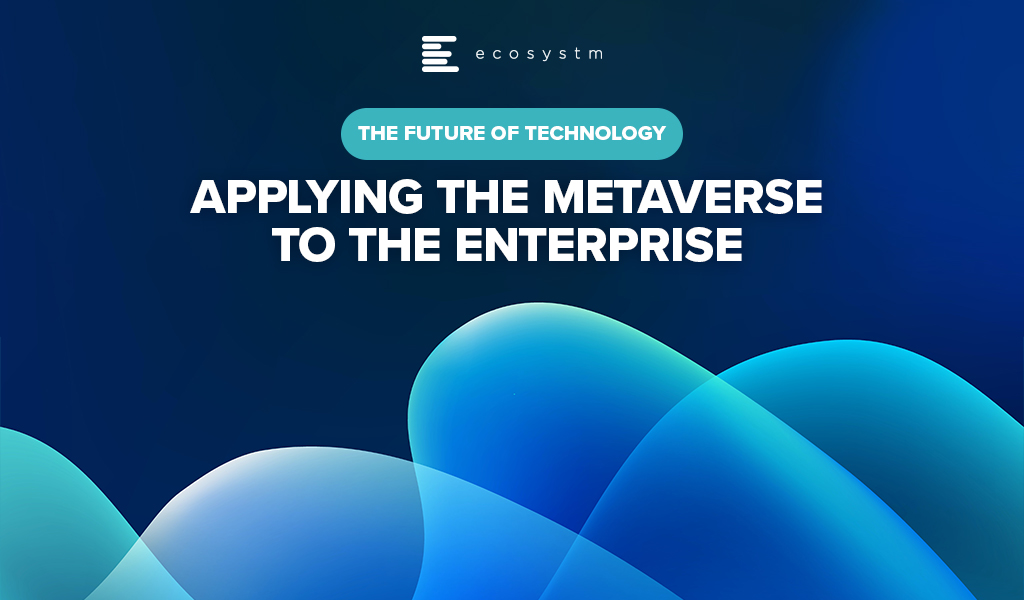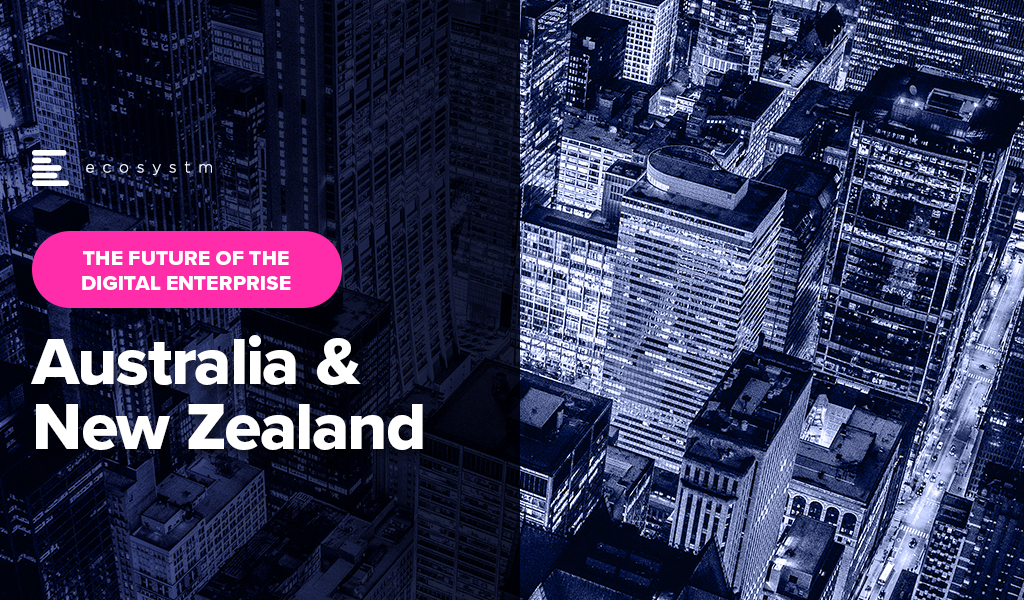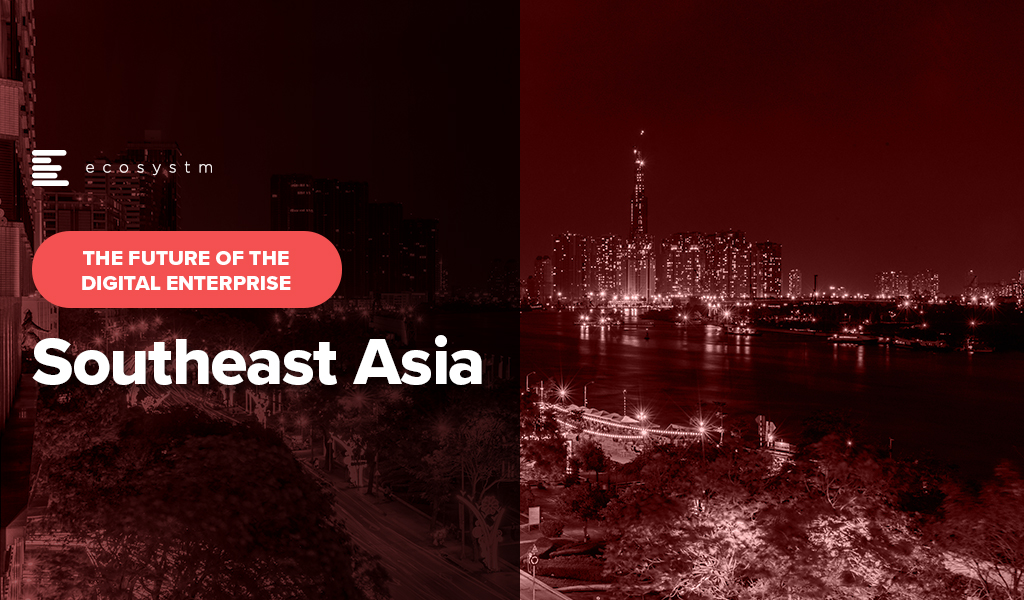
“SaaS is dead!” – this paraphrased comment from Satya Nadella during an interview was taken wildly out of context. It reminded me of those 2014-2017 industry reports predicting that voice commerce would be a USD 500B market by 2025, or that self-driving cars would be everywhere by 2027 – just two years from now. As it turns out, people still prefer ordering groceries themselves rather than relying on smart speakers connected to IoT fridges. And those early chatbot pop-ups? More annoying than intelligent. As for autonomous cars, we might still be better drivers – though that’s starting to shift. But I digress.
Back to SaaS. A global industry with over 30,000 companies, mostly in the US, now finds itself under the shadow of the latest buzz: AI agents (still software, not humanoid robots). These agents – programs built on top of LLMs – take actions within set parameters, showing a degree of autonomy.
But to make AI agents enterprise-ready, we’ll need to rethink access control, ethics, authentication, and compliance. So far, they’ve mostly tackled low-value, repetitive tasks. And despite the hype, we’re still some distance from real, meaningful impact.
Predictions Are Fine – But Best Taken with a Pinch of Salt
Salesforce, the world’s largest SaaS company, has played its part in driving this shift — alongside, of course, Microsoft. Microsoft’s aggressive push into AI, with a massive USD 80 billion CapEx on AI data centres and a flurry of product launches like Copilot chat, may just be the beginning. Microsoft even describes Copilot as the “UI for AI.” Despite its size, Salesforce has moved quickly, rolling out Agentforce, its enterprise AI agent suite. While still early days, Salesforce is leveraging its formidable sales and marketing muscle to push the AI agent narrative — while upselling Agentforce to thousands of existing customers.
For context: Salesforce, the largest player, generates around USD 35 billion in annual revenue. Across the industry, there are roughly 300 SaaS unicorns – but even combined, the entire global SaaS sector brings in only about USD 300B a year. Beyond big names like Salesforce, HubSpot, and Atlassian, the market is dominated by a long tail of smaller, vertical SaaS firms that serve niche sub-industries and specialised use cases.
Today, about 70% of enterprise software is delivered through SaaS. But beyond the top 30 vendors, the landscape is highly fragmented — and arguably primed for disruption by AI agents that can automate and streamline more bespoke, industry-specific workflows.
But the thousands of smaller SaaS firms haven’t all moved as quickly as Salesforce has. Most will likely stick to announcements and incremental upgrades rather than radical deployments – especially as enterprises tread carefully while every vendor suddenly becomes “AI-inside”, the new “Intel-inside.”
AI Washing, Hype, and a Flood of Start-Ups
Since ChatGPT’s historic launch in late 2022, the GenAI AI hype curve hasn’t slowed. In SaaS, the early impact has largely been “AI washing”: companies hastily sprinkling “Generative AI” across their websites, collateral, and social feeds while snapping up .ai domains at premium prices.
Meanwhile, over 3,000 AI-first start-ups have emerged, building wrappers around foundational models to deliver bespoke inferences and niche services. Thanks to ongoing hype, some of these are flush with venture capital – even without revenue. At the same time, traditional SaaS firms face tough investor scrutiny over profitability and free cash flow. The contrast couldn’t be starker.
Yet, both the AI upstarts and the older SaaS players face similar go-to-market challenges. Early product-market fit (PMF) is no guarantee of real traction, especially as most enterprise clients are still experimenting, rather than committing, to AI agents. That’s prompting start-ups to build agentic layers atop inference services to bridge the gap.
The Real Race: Embedding AI with Real Impact
It’s too early to call winners. Whether it’s cloud-first SaaS firms evolving into “AI-inside” platforms, or AI agent start-ups challenging the status quo, success will hinge on more than just AI. It will come down to who can combine proprietary data, compelling use cases, and proven workflow impact.
McKinsey sees AI agents serving two broad patterns: the “factory” model for predictable, routine tasks, and the “artisan” model for augmenting more strategic, executive functions. Another compelling narrative does not make the distinction between the earlier crop of cloud-first and the recent crop of AI-first companies. They see this as a natural progression of the SaaS business model, with VSaaS or “vertical Saas with AI-inside” becoming the broader industry.
I’d argue the original cloud-first SaaS firms might actually be better positioned. Their biggest moat? Existing customer relationships. AI start-ups haven’t yet faced the reality of renewing their first multi-year enterprise contracts. That’s where theory meets enterprise buying behaviour – and where this battle will get interesting.
The Playbook for SaaS Winners in the Age of AI Agents
The SaaS companies that will thrive over the next few years will, in my view, focus on these key elements:
- Leverage Early Clients as a Moat. Invest in the success of your first enterprise clients, ensuring they extract real, sustainable value before chasing new logos. Build enough trust, and you could co-create AI agents trained on their proprietary data, enhancing your core product in the process. Snowflake, with its broad enterprise footprint, has a head start here, but start-ups like Collectivei and Beam are targeting similar use cases, while platforms like Letta help companies deploy their own agents.
- Codify the Use Case. Build products that go deep – not broad. Focus on specific use cases or verticals that a horizontal SaaS company is unlikely to prioritise. Eventually, most enterprise users will care less about which foundation model powers your tool and more about the outcomes.
- Operate with a GTM-First Mindset. Many SaaS firms struggle with margins because of high sales and marketing costs, often wavering between sales-led and product-led growth without a clear go-to-market (GTM) plan. AI start-ups, too, are learning that pure product-led growth doesn’t scale in crowded markets and often pivot to sales-led motions too late. Companies like Chargeflow show why a GTM-first approach is key to building real traction and a growth flywheel.
- Rethink Bundling. Bundling has long been a SaaS pricing play – slicing features into tiers. AI-first start-ups are poised to disrupt this. The shift will be towards outcome-based pricing rather than packaging features. Winners will iterate constantly, tuning bundles to different user cohorts and business goals.
- Charge for Success, Not Seats. AI’s biggest impact may be on pricing. Traditional seat-based models will give way to success or outcome-based pricing, with minimal or no set-up fees. Professional services for customisation will still have value, especially where products align deeply with client workflows and outcomes.
- Prioritise Renewal Over Acquisition. Many AI-first start-ups focus on acquiring logos but underestimate that enterprises are still experimenting – switching costs are low, and loyalty is thin. Building for retention, renewal, and upselling will separate winners from the rest. Focus on churn early.
The Next Chapter in Enterprise Automation
Automation has always been a continuum. Remember when cloud vs. on-prem dominated enterprise debates? Or when RPA was expected to replace most workflows as we knew them? The reality was more measured, and we’re seeing a similar pattern with AI today. Enterprises will first focus on making AI co-pilots work safely, reliably, and effectively before they’re ready to hand over the keys to AI agents running workflows on autopilot. This shift won’t happen overnight.
We’re already seeing early winners capable of negotiating this shift, on both sides: established SaaS giants adapting and AI-native start-ups rising. But make no mistake, this will be a long, hard-fought race. Sustained value capture will demand more than just better tech; it will require a fundamental shift in mindset, go-to-market strategies, and sales motions.
Don’t be surprised if the acronym flips along the way – with Software-as-a-Service giving way to Service-as-Software, as AI agents begin to run entire business processes end to end.
Through it all, one principle will remain timeless: an obsession with customer success – whether the agent is human or machine.






